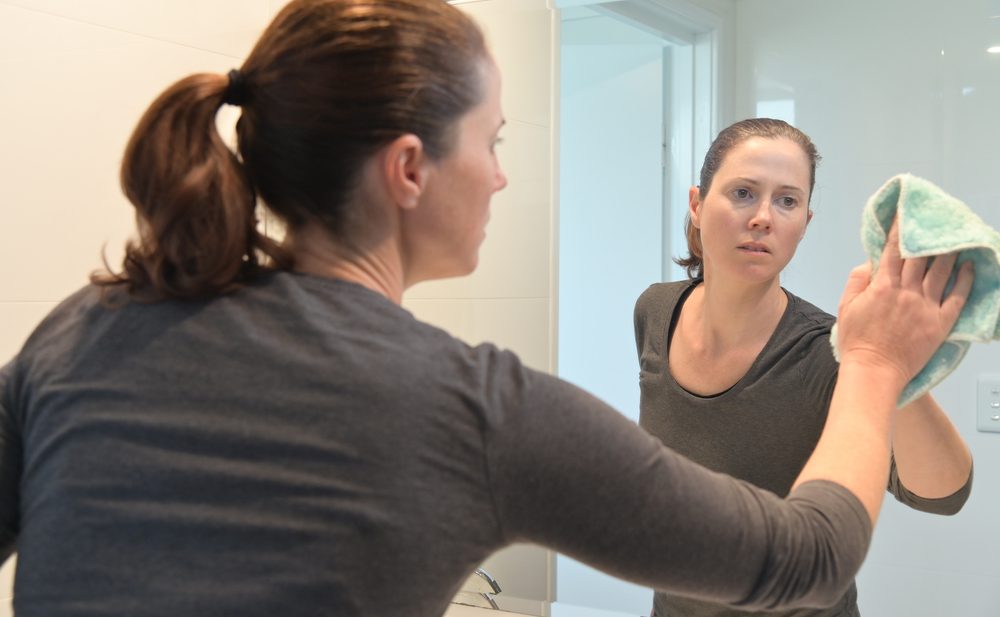- August 28, 2023
- by Shalini Murmu
- Obsessive Compulsive Disorder
Picture the mind as a garden of thoughts, with each thought being a delicate flower. With every wind that carries seeds of unease and obsession. These seeds land in the garden, but instead of growing into beautiful flowers, they sprout into thorny vines that tangle the mind.
OCD does exactly this to a person’s mind. Thoughts like “Did you wash your hands enough? What if something awful happens?” demand constant attention, their prickly presence is impossible to ignore. In response, a person tends to rituals — repetitive actions meant to soothe the grips of it. But how can OCD be managed?
Understanding OCD Beyond The Surface
Obsessive-Compulsive Disorder is more than just a penchant for cleanliness or an affinity for order. It’s a mental health disorder characterized by intrusive thoughts (obsessions) that provoke anxiety and repetitive behaviors (compulsions) intended to reduce that anxiety. These obsessions can take various forms – from fears of contamination to worries about harming others or doubting oneself. Compulsive behaviors, on the other hand, are the rituals individuals perform to neutralize the distress caused by their obsessions. However, these patterns only provide temporary relief, perpetuating the cycle of anxiety.
Types Of OCD
Obsessive-Compulsive Disorder can manifest in various forms, with different themes and patterns of obsessions and compulsions. Here are some common types of OCD:
- Contamination Obsessions and Cleaning Compulsions: Those who suffer from this kind of OCD have an overwhelming fear of contamination, filth, or germs. They may engage in cleaning, washing, or sanitizing routines to reduce their anxiety.
- Checking Obsessions and Compulsions: People with this type have recurring doubts and fears that something bad might happen if they don’t check things that often. This can involve checking locks, appliances, or even personal items repeatedly.
- Symmetry and Order Obsessions and Compulsions: This subtype involves a strong need for things to be symmetrical, in perfect order, or arranged “just right.” Compulsions might include arranging items in a particular way or repeating actions until they feel correct about them.
- Hoarding Disorder: Hoarding involves a persistent difficulty in letting go of possessions, regardless of their value. People with hoarding disorder accumulate excessive amounts of items, leading to clutter that can impact their living spaces and daily functioning.
- Intrusive Thoughts and Mental Rituals: Some people have distressing intrusive thoughts or mental images that go against their values or cause them anxiety. They might perform mental rituals, like counting or repeating certain words silently, to calm down the distress.
- Purely Obsessional OCD (Pure-O): In this form, there are mostly obsessive thoughts without obvious external compulsions. People with Pure-O might experience disturbing thoughts or fears without engaging in overt rituals. Their compulsions are often internal, like mentally reviewing situations or seeking reassurance.
- Harm Obsessions and Checking Compulsions: People with this type of OCD have recurring fears that they might hurt themselves or those around them, even though they have no intention of doing so. Compulsions might involve checking to make sure no harm was done.
- Religious or Moral Obsessions: Individuals might experience distressing thoughts that go against their religious or moral beliefs. They may feel compelled to pray or perform rituals in order to counteract these thoughts.
Recovery Begins With Self-Compassion
Embarking on the journey of living with OCD begins as soon as you recognize and embrace your condition, all without casting any self-criticism. Within this process, the formidable force of self-compassion stands ready to equip you with the strength needed to confront the hurdles ahead with unwavering determination. It’s pivotal to hold onto the understanding that while OCD is a thread within your story, it does not completely define who you are. In nurturing your well-being, let self-care become a guiding principle while cultivating a garden of positive self-talk. Most importantly, allow the notion to take root that seeking assistance isn’t a display of fragility, but rather an audacious step toward conquering challenges and emerging out of the condition.
Seek Professional Guidance
In the fight against OCD, think of mental health professionals as your trusty allies. Therapists make use of cognitive-behavioral therapy (CBT). One important part of this therapy is called Exposure and Response Prevention (ERP). This approach shines forth as a guiding light in your pursuit of overcoming OCD.
ERP is a methodical approach that involves a gradual and controlled exposure to your OCD triggers, all the while summoning the strength to refrain from the rituals that beckon. As days turn into weeks and weeks into months, this strategy meticulously dismantles the chains binding obsessions to anxiety, gradually furnishing you with a heightened command over the ebb and flow of thoughts and behaviors.
Build A Support System
Think about life like a big woven blanket, and connections with others are the threads that hold it together. When you’re dealing with OCD, you don’t have to do it all alone. Wrap yourself in the warmth of people who care – friends who get you, family who support you, or groups who know what you’re going through.
Sharing your story opens the way to realizing you’re not alone. This can help you shake off that feeling of being all by yourself. In the support groups, you step into a safe place where you can talk about your ups and downs without worries. And guess what? In this safe space, you’re not just talking. You’re also gathering strength to control those compulsive behaviors.
Connecting With Therapists
A collaborative partnership between the individual and the therapist is essential for successful recovery. The therapist can help identify your triggers and develop a structured plan to gradually confront them. Along with this, they work together to challenge distorted beliefs and develop healthier coping mechanisms. Regular sessions offer a safe space for discussing progress, and setbacks and modifying the treatment plan as needed. Patience and commitment are key, as overcoming OCD is a gradual process. With the right therapist and a willingness to engage in the therapeutic process, one can acquire the tools to manage their symptoms of OCD and anxiety, leading to improved quality of life.
North America Behavioral Health Services
Looking to conquer those OCD traits? Look no further than North America Behavioral Health Services. We’ve got the inside scoop on some of the best mental health facilities around, all geared towards helping you shine your brightest. Dive into our array of resources, and don’t hesitate to reach out to us. Our team of mental health treatment consultants is available round the clock to link you up with centers near you. Your journey to a better you starts here!











